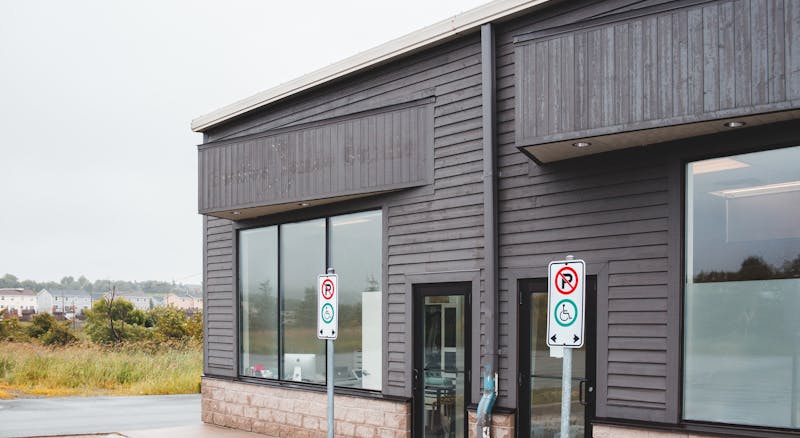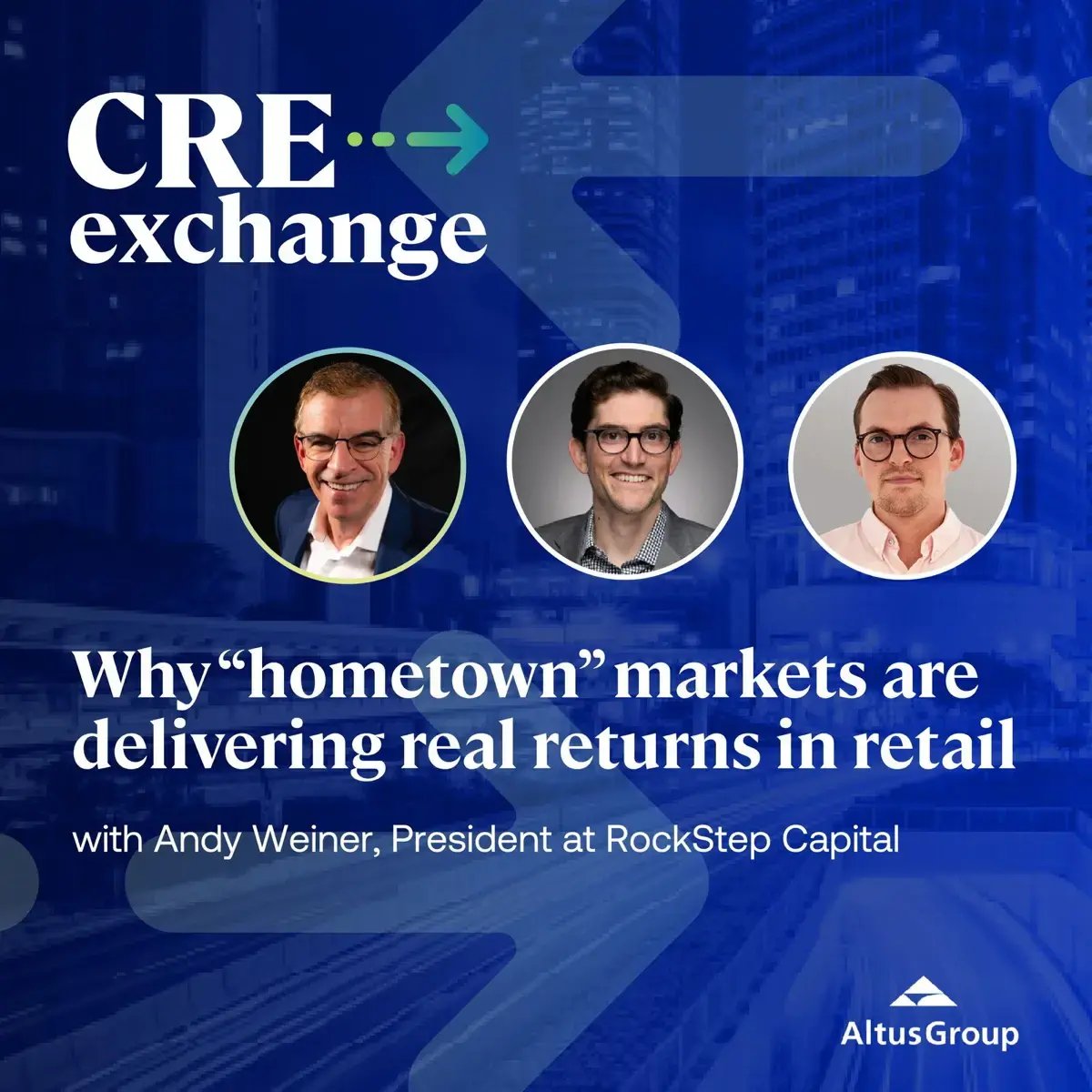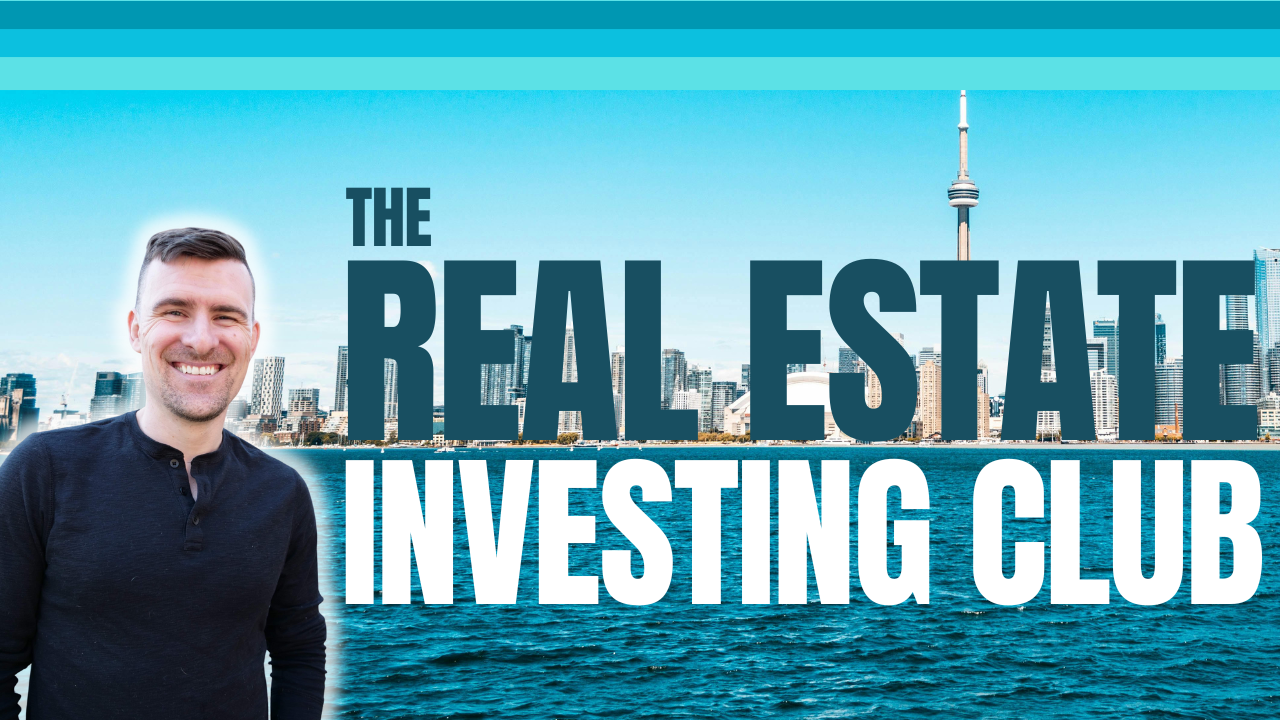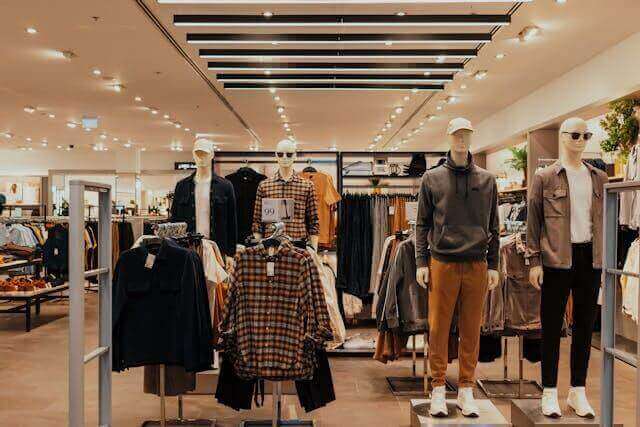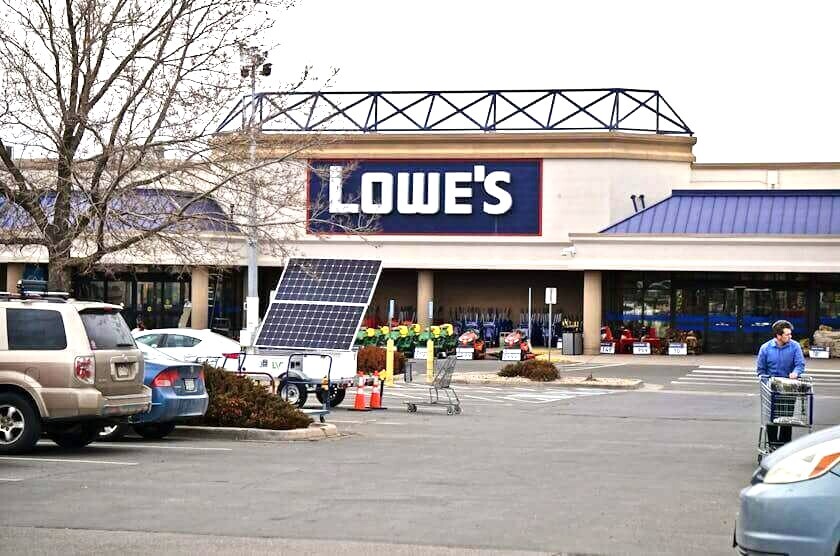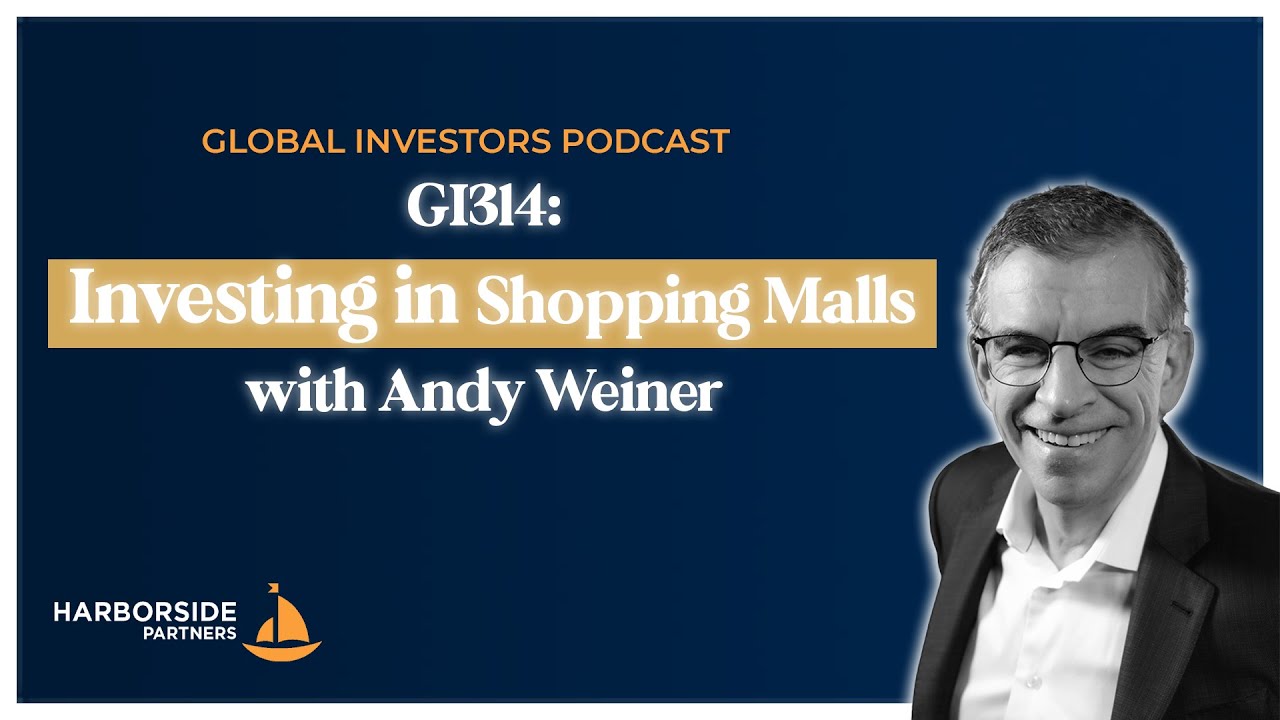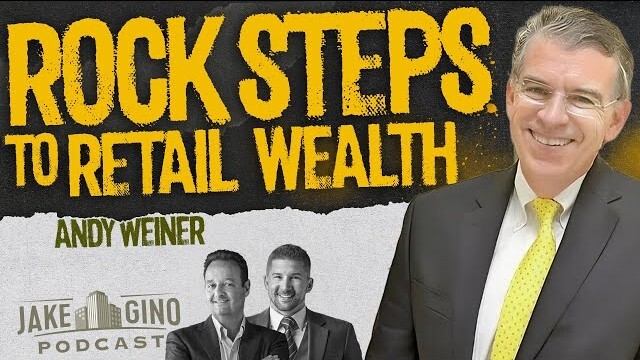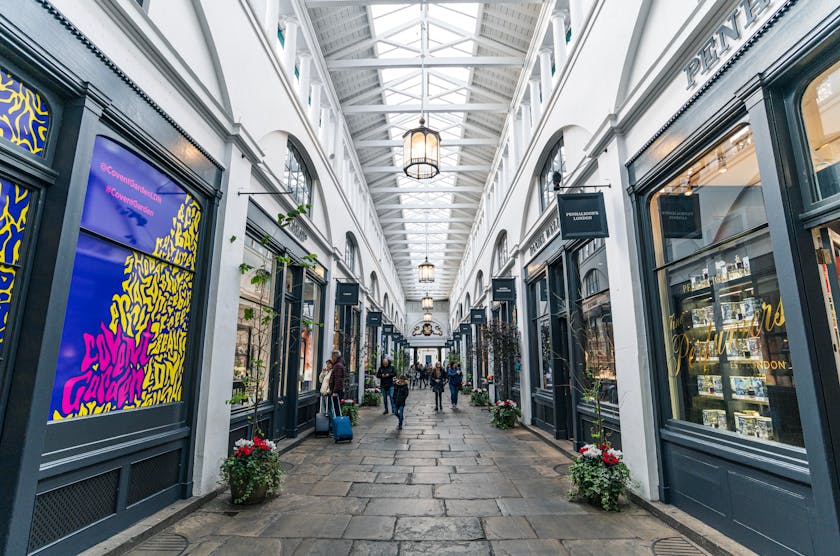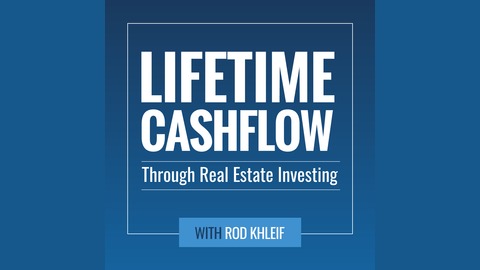How To Equip Retail Assets To Better Conquer Market Volatility
May 19th, 2025
5 min read
By Andy Weiner
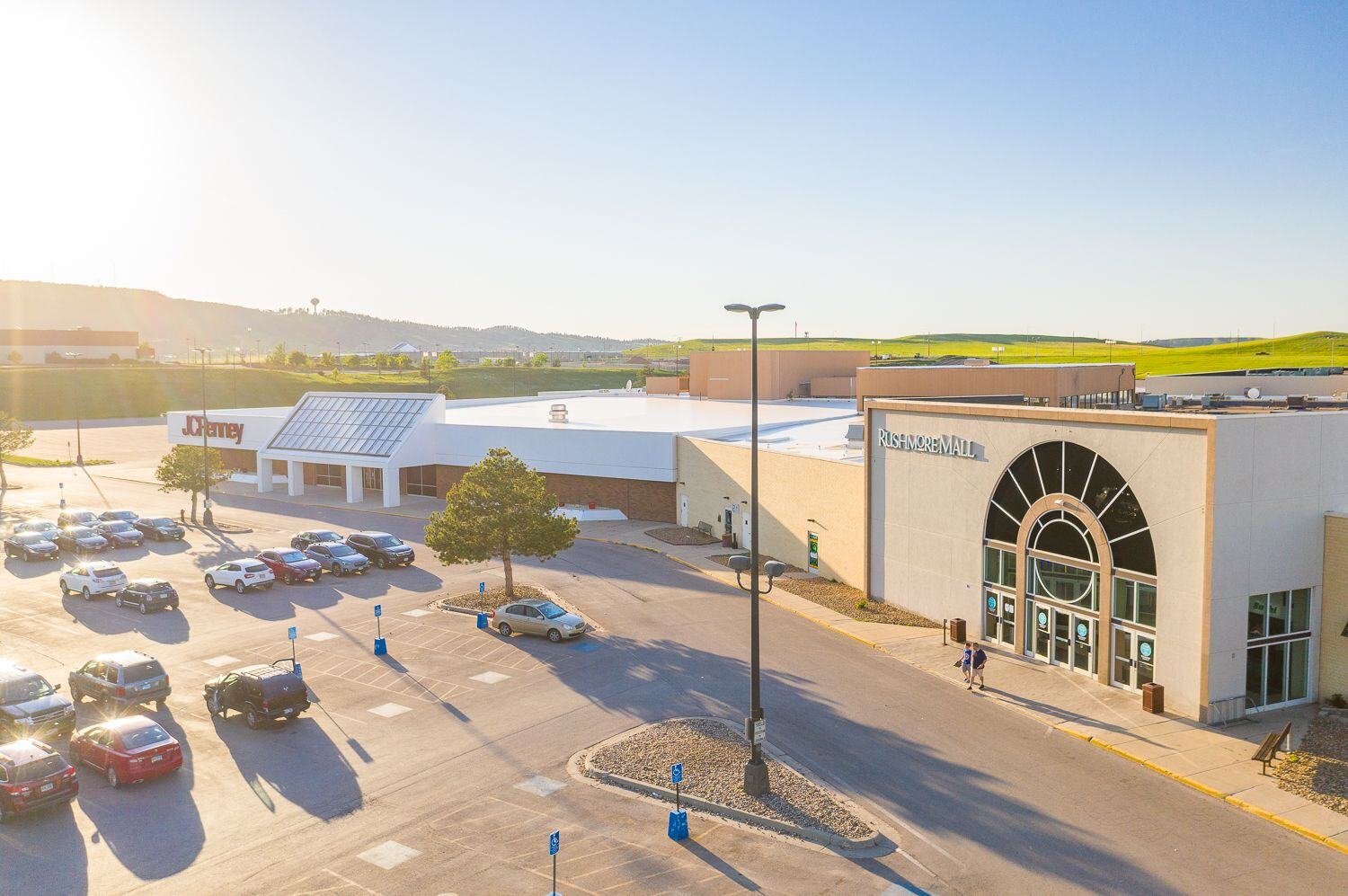
Future-proofing retail properties means buying in strong markets, focusing on solid locations and cost basis, and backing tenants who perform now and can adapt later. Smart acquisitions in secondary or tertiary markets, handling higher interest rates, and incorporating off-price or service-oriented tenants help build resilience amid market swings.
When I think about future-proofing retail real estate, I don’t think in terms of trends or tech gimmicks. I think about core fundamentals that never go out of style. Over my career, I’ve come to believe that retail thrives when anchored by profitable tenants, sound properties, and strategies emphasizing long-term durability over short-term wins.
It’s not about having a crystal ball. It’s about putting yourself in a position where your property has the fundamentals to survive and succeed no matter what direction the market goes.
In this article, I’ll walk through how I define future-proofing, how RockStep Capital puts that into practice, and why I believe the strongest retail centers in 2040 will be the ones that get the basics right today.
Back To Basics: Start With The Store
When our team talks about future-proofing, we mean this: you need to be located within a strong market, a central and stable location, and you absolutely cannot overpay.
That’s how you protect yourself from volatility:
- By ensuring the asset has the bones
- The positioning is done correctly
- The economics hold up when the market shifts
Now, let’s examine the basics.
The Tenants Need To Succeed In A Space
It always starts with the store. If a tenant isn’t doing well, nothing else matters. You can have the best real estate in the world, but if your tenants are failing, your center’s going to suffer.
Stores have to do well. You want stores that have good volume, that are profitable, that are well merchandised, that are well managed, that have plenty of inventory, that are clean and organized. That’s our starting point: making sure the building blocks are solid.
And when I visit a center, I like to see that for myself. I like to walk the perimeter of a store, the outside walls, or the inside walls of a store, and see how well-managed planograms are full; it just looks like it’s got its act together. That attention to detail tells you a lot about whether a store is being run the right way. And that drives long-term value.
Why Secondary Markets Offer A Distinct Advantage
Once you’ve got the store-level fundamentals in place, you need to look at the market next. And over the years, I’ve strongly preferred secondary and tertiary markets.
I think it’s easier to understand the opportunity and downside risk in a secondary market than in a major metro. What we’ve proven over time is that the smaller the market, the more transparent the playing field. You can see who’s there, who’s leaving, and what’s coming next. There are fewer surprises.
Secondary and tertiary markets offer a clearer competitive landscape with less new supply and greater operational control. You won't face multiple landlords competing for the same tenant, which allows for better insights into vacancy trends and tenant strength. These markets are key to our future-proofing strategy, providing predictability, defensibility, and often better returns.
Acquisition Discipline: The Foundation Of Future-Proofing
You can’t future-proof a bad deal.
The foundation of any strong, lasting asset is the purchase price. If you overpay, your options are limited from day one. You cannot overpay for a property, full stop. You’ve got to have a location that is central and strong. You cannot go into a market that has a population decline.
At RockStep, we also pay close attention to the property's physical quality. You’ve got to have a property with decent street appeal and strong physical aspects. This means roofing, parking lot, lighting, street appeal, façade, etc. And you want to own that property at a dramatic reduction of replacement costs.
Most importantly, we focus on a cost basis. You want to own that property at a dramatically reduced replacement cost. That way, when challenges hit (interest rates, leasing velocity, or shifting demand), you have the cushion and flexibility to make smart moves.
E-Commerce And Interest Rates: Trends We Can't Ignore
Of course, any future-proofing strategy has to take macro trends into account. E-commerce is one of those forces that has reshaped the landscape, but not in the way people predicted.
We see that e-commerce is still a major trend. E-commerce will continue to grow, but the growth rate will likely slow as e-commerce channels mature. That means stores aren’t going away. But they do have to evolve.
Strong tenants today:
- Blend e-commerce and brick-and-mortar seamlessly
- Offer ship-from-store or integrated delivery
- Use physical locations as part of a broader omnichannel strategy
Dealing With Increasing Interest Rates
And then there’s interest rates. For the first time in a while, we’re operating in an environment where you can’t count on declining rates. If they go down, it improves the value of real estate, but you have to assume that you have to operate, purchase, and acquire with higher interest rates.
We take that into account when we underwrite. Another reason why cost basis matters is that you must be able to service debt and hit returns even with higher financing costs.
The Off-Price Advantage: A Valuable Retail Category
One of the most reliable retail categories we’ve seen is off-price. These tenants thrive in good times and hold steady in tough times. The weak players have been the department stores, and the growth players have been the off-price retailers (TJ Maxx, Ross, Burlington Coat, Nordstrom Rack, and others).
And their numbers back it up. We have seen department stores close and off-price retailers open in their place at two to three times the sales per square foot and with lower capital expenditures per square foot. So that’s been a massive change.
We’ve leaned into it. We are implementing off-price retailers rapidly at our shopping centers. And once you bring them in, the synergy starts to build. By getting Ross, you get TJ Maxx. By getting Ross and TJ Maxx, you get Five Below. So you begin to create mass. And that mass creates long-term viability because it drives traffic.
The more traffic a center gets, the stronger its leasing velocity, the higher its value, and the more durable it becomes.
Malls That Adapt Can Be Given A Second Life
The future of malls depends entirely on whether they can evolve. The old model doesn’t work, but the bones can be reused to create something better. The reinvention of shopping malls generally means shrinking retail, and that means substituting other types of uses.
These uses include:
- Medical and dental offices
- Multifamily housing
- Fitness, sports, and entertainment
- Restaurant clusters
That’s what we’ve done in places like Hutchinson, Kansas. We took an empty Dillard’s and put in TJ Maxx, Ulta Cosmetics, Dollar Tree, and Dunham’s Sports, and we’re phasing them out and closing off the inside of the property.
In both cases, we took outdated formats and repositioned them for new, longer-lasting use cases. That’s textbook future-proofing — and it works.
To Preserve Or Transform? Knowing When To Act
On the other hand, not every center requires dramatic transformation. If the property has stable or increasing net operating income, you can manage an asset and investment without a major transformation. But if it’s in decline, you have to be ready to act decisively.
And no matter how good a deal may look, we won’t overextend. We underwrote six shopping centers in the last 18 months, and we walked away from all six. At the end of the day, we were unwilling to increase the price just to win the deal.
Embracing The Future-Proofing Mindset
Future-proofing is not a product or a tenant mix. It is a mindset. It is how you evaluate a property, how you buy it, manage it, and adapt it over time with long-term value in mind.
At RockStep, we build for staying power. Every decision we make is rooted in the idea that the asset must hold up through cycles. We are not trying to time the market. We are trying to build real estate that works no matter what the market is doing.
You want tenants that are off-price, category killers, or service-oriented because those are the tenants that survive and grow. That kind of tenant base gives your center durability. And when the asset has strong bones, a smart layout, and a mix of uses that people need and want, you create a property that keeps delivering, not just today, but ten years from now.
So when I think about future-proofing retail, I think about owning the kind of real estate that can perform in any environment. That is how we protect our investors, strengthen communities, and keep building for what is next.
Andy Weiner is the CEO and Founder of RockStep Capital, a Houston-based real estate investment firm focused on shopping center developments in secondary and tertiary markets. A Stanford and University of Texas graduate, he began his career in his family’s retail business. Since 1997, he has led the acquisition or development of over 9.7 million square feet of shopping centers across 11 states without capital calls or assets returned to lenders.
Topics:





